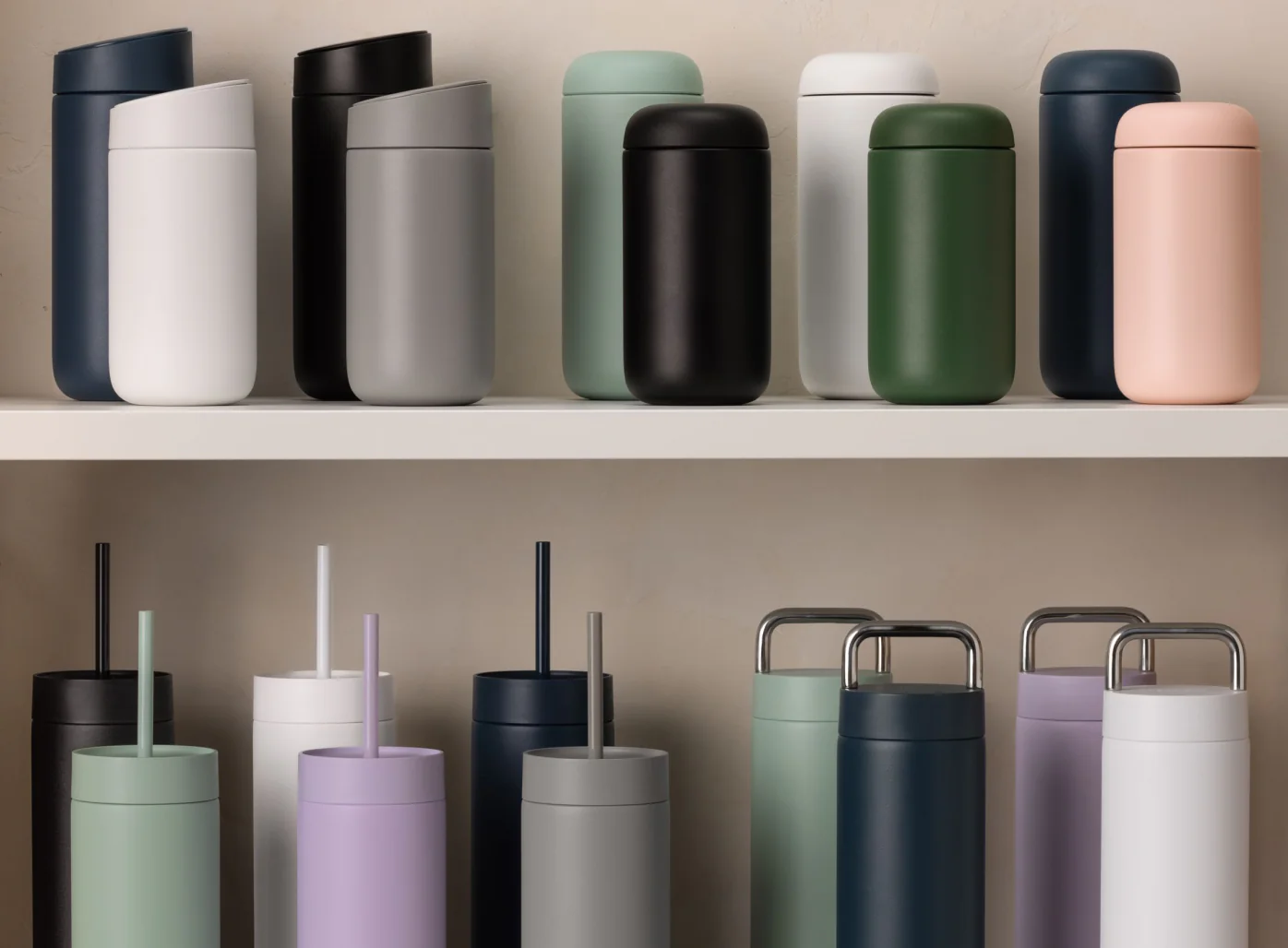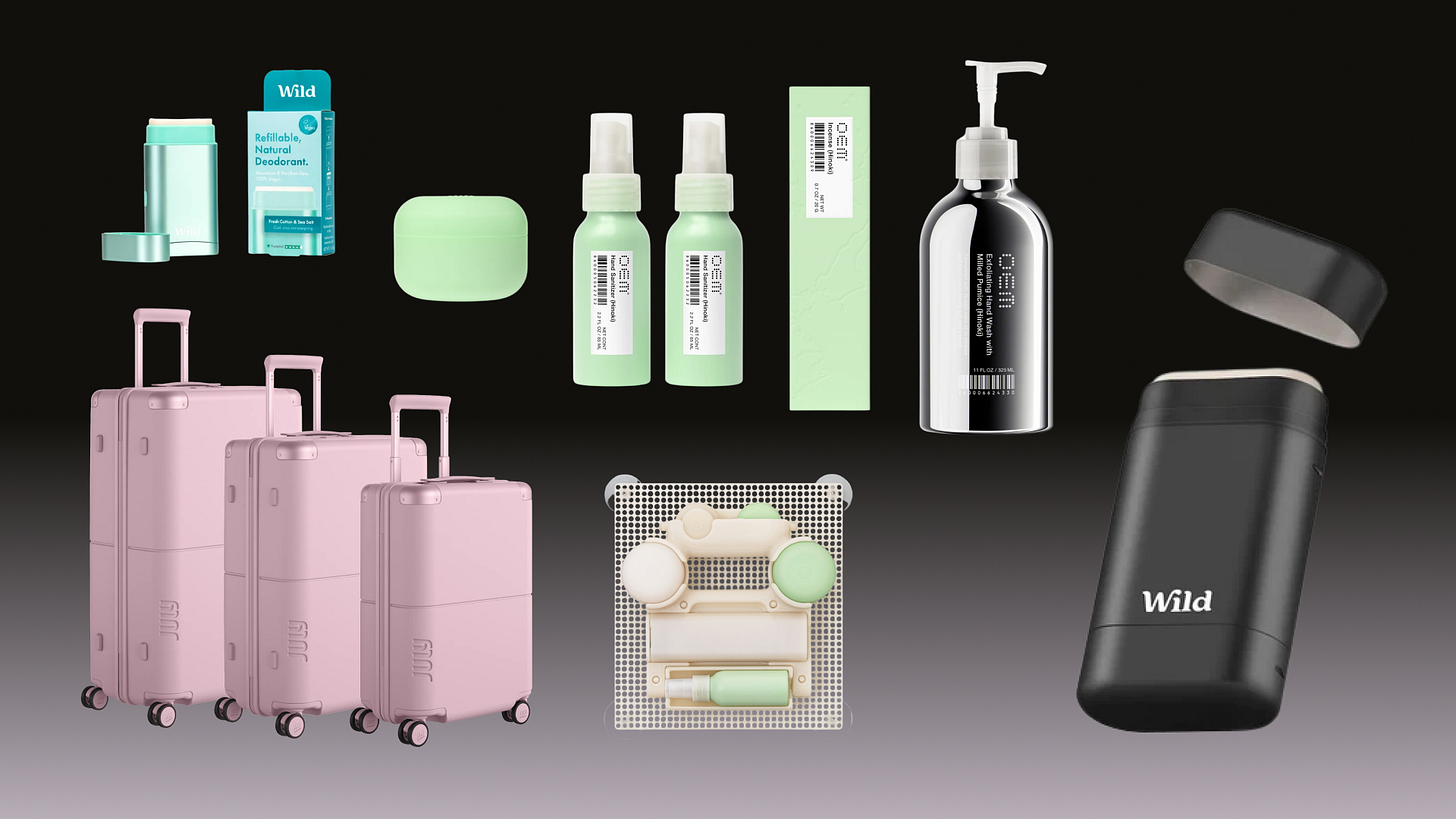This one’s for:
E-commerce founders looking to differentiate their products
Those who could not make it to Canton Fair
Dropshipping gurus looking for new ideas
Anyone looking for that new income stream
The Copy-Paste Economy
Walk any aisle at Canton Fair and you’ll notice it. It’s overwhelming, there’s 50 manufacturers who claim to be the produce for the Lululemon Define Jacket. Its a sprawling city of manufacturers. Like the Coruscant of the manufacturing world. Andor fans you are welcome. Stationery, food supplies, fashion and lingerie. You name it. They are usually differentiated with a logo or Pantone swatch. But is that enough in today’s competitive landscape?
However, I would like to qualify that:
These products aren't badly made. They just blend in.
Most OEMs optimize for versatility and scale, not originality.
What you see is not product design. It’s manufacturing logic.
It’s a tough world for them having such fierce competition
Hence, I hope that whoever reads this, it will be useful for you.
Why Brand Is the Real Differentiator
In this world, one of the few remaining ways to stand out is through brand-led storytelling.
You’re not selling a bottle. You’re selling “hydration as a lifestyle” (see: Stanley).
You’re not selling a frother. You’re selling the ritual of café-at-home (see: Fellow).
You’re not even selling protein. You’re selling aesthetic wellness (see: Innermost or Bloom).
OEM can give you the object. Brand gives it soul.
This is why the future belongs to brands with a distinct worldview. Clarity might not cut it anymore.
“What if someone else sold this same product tomorrow?”
I am sure this is a frequent thought on some of your minds. It’s a really good question because we are usually engaged to find these answers for the brands. Before the answers, we need to ask the right questions to get there.
Here’s what you can ask:
What do we believe that others don’t?
What emotion do we sell that the product alone can’t?
What are the mental models we are tapping into?
The white space for your category
Alternatively, if the answer is:
“They’d beat us on price,” → the brand needs more distinction.
“They’d never sound like us,” → you have a brand.
Having a point of view is the starting point. But to really build a defensible brand, founders need to translate that worldview into every touchpoint. Everything looks ready to go at Canton Fair. That’s also a potential pitfall. If you do not have a wrapper over it. Your brand becomes another re-skinned template.
How to build those layers of differentiation
Formulation
Packaging
UX + service layers
Category codes
1. Innovate the invisible
What ingredient or detail could we tweak to signal care, quality or innovation?
Tweak ingredients, materials or functionality. Magna with their magnesium-based hydration formula.
Add a cultural or sensory lens to a common format. Day Job’s kickass Neo-Vernacular design for Loisa’s pantry goods. Maude applies wellness-first tone to commodified intimate products. D
Personalize based on user data (e.g. quiz, goals, habits). Prose makes customizable haircare and skincare with sustainable and clean ingredients.
💡 Takeaway: OEM gives you the format. You need your own spin on it to stand out and command a higher premium.
2. Packaging & Unboxing
How can we make people want to share, gift or keep the product? Or display it on their shelves at home?
Redesign structure, color, or tactile feel. July took standard hardshell suitcases and tweaked with bold color blocking and sleek handles.
Use visual design to elevate or reframe perceived value. oem.care with their Japanese, mochi inspired packaging.
Make it collectible or reusable. Wild Refill took a standard deodorant stick format and re-engineered into a refillable case.
💡 Takeaway: Good packaging is beyond function. It needs to stand out on a retail shelf or sit pretty in your home or office.
3. UX & Service Layers
What do we do before or after purchase that our OEM peers don’t? How do we enhance service design or community management.
Create onboarding rituals (e.g. welcome email, setup guide). Fellow and their printed guide for coffee snobs. Bedtribe with tips on optimising your sleep quality.
Build post-purchase journeys (e.g. education flows, surprise gifts). Our Place has recipes and cooking techniques for your cooking endeavours.
Surprise & delight: Easter eggs, limited packaging runs or seasonal swaps. Meow Meow Tweet has small hand-drawn characters and hidden messages in their packaging.
Community as a layer: Rituals like monthly drops, product co-creation, or user spotlights. Liquid Death runs community-driven challenges like Thirst Execution.
💡 Takeaway: Build friction where it matters — not in shipping, but in experience, memory and delight.
4. Category Codes
Most OEM-sourced products follow the visual codes of their category: black for tech, green for natural, pink for wellness. But that just reinforces sameness. What design or tone choices can we break to own a new vibe?
Subvert the expected look/tone of the category. Drunk Elephant went bold and neon in skincare category. Our friends at Gush and their sustainable paint packaging by Pentagram.
Apply new aesthetics from adjacent or unexpected cultures. Noon with their techno-cool, cognitive-science based gummies. Rocky’s Matcha as our friend Snaxshot calls it the ‘hypebeast of matcha’.
Shift how the product is framed (e.g. hydration as performance, not utility). Vuum turns bright energy drinks into brutalist vessels.
Use unexpected tone of voice or campaign styling. Showerheads from Sproos.
💡 Takeaway: Differentiation isn’t just what the product is. Break visual and verbal conventions to own a new mental space.
Your Moat is Meaning
The easiest part is sourcing. The hard part — and the most valuable — is owning a point of view that people want to join. What other OEM brands have caught your eye recently? Feel free to reach out!
You can also find us on Instagram.












A lot of great insights here that I'll be referring to in my own work. And I think it applies to most industries, including freelancers trying to develop their business. Thanks for sharing.